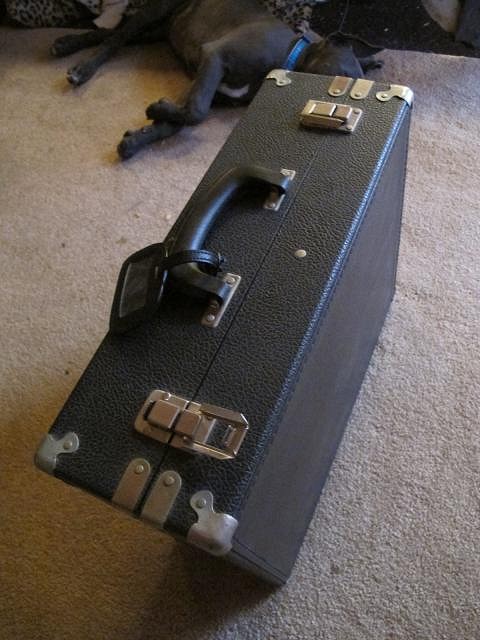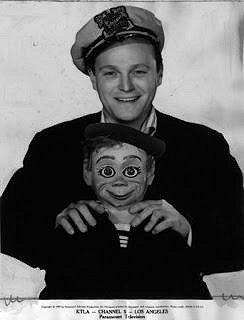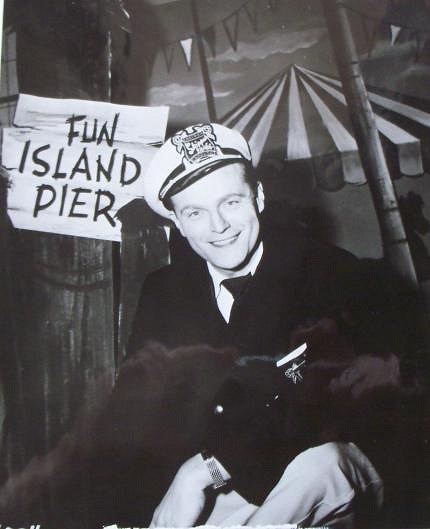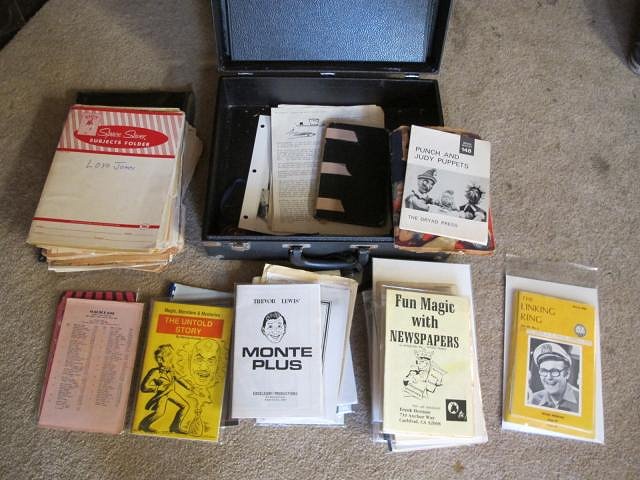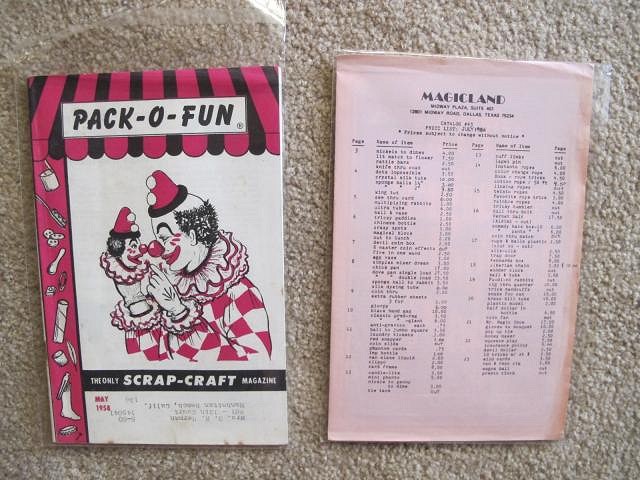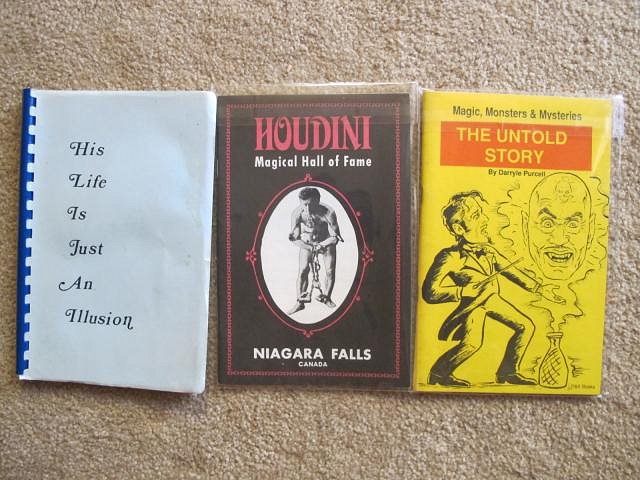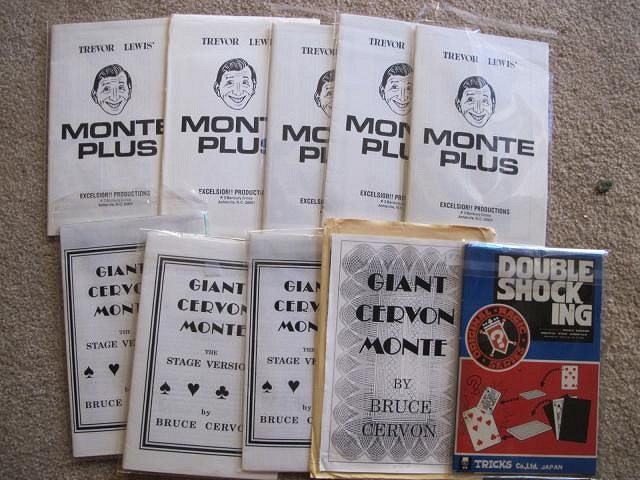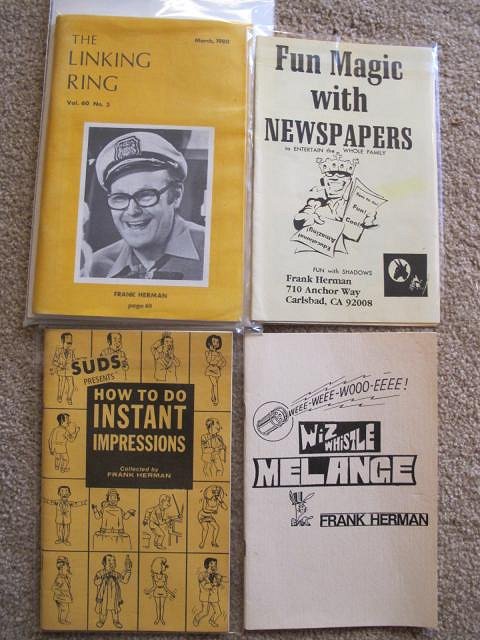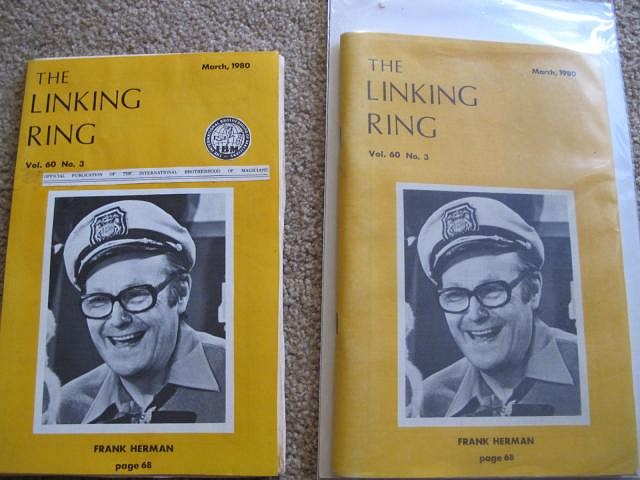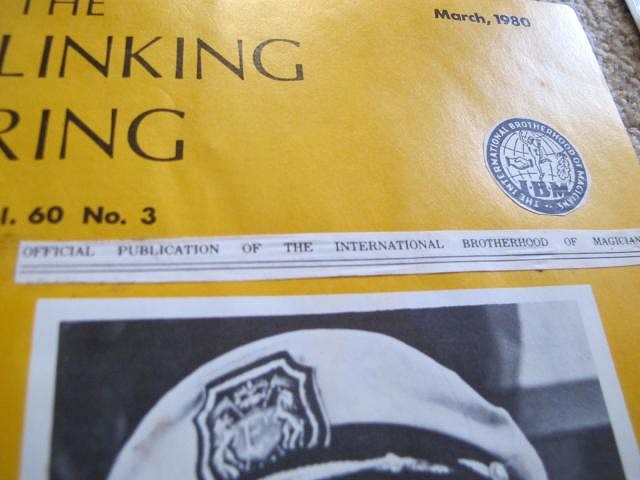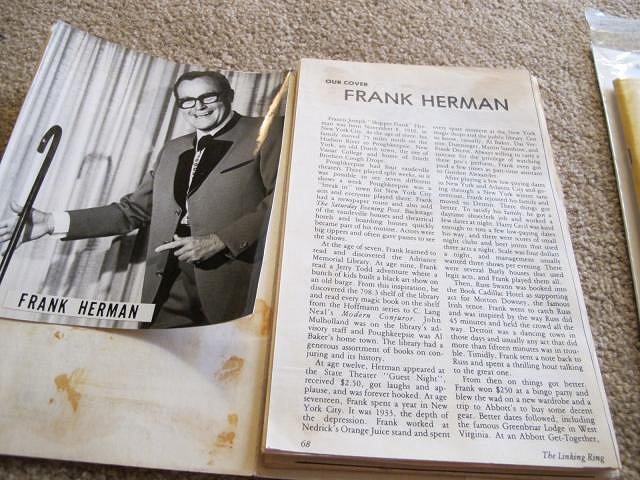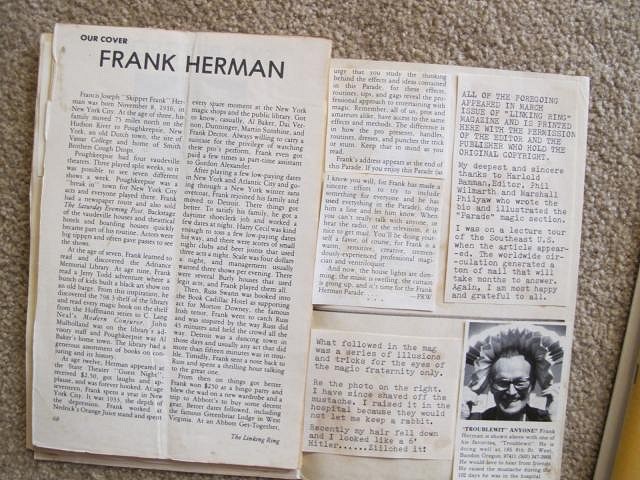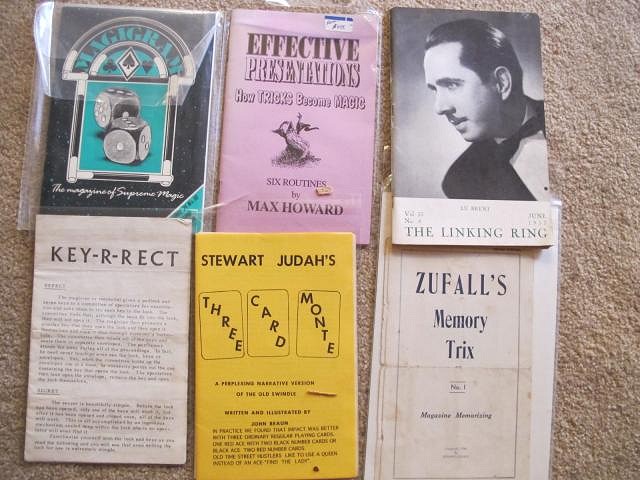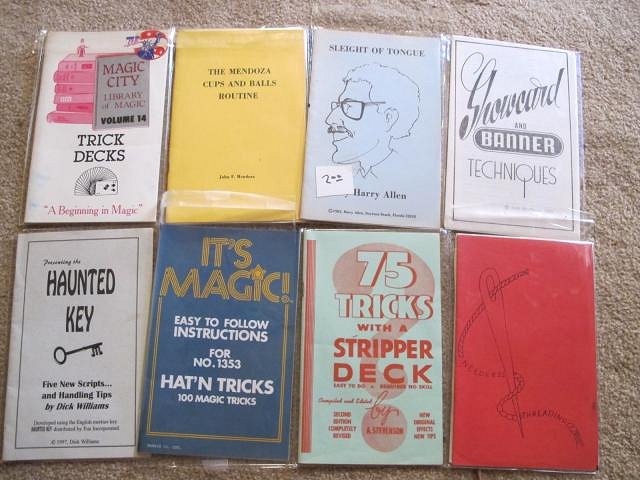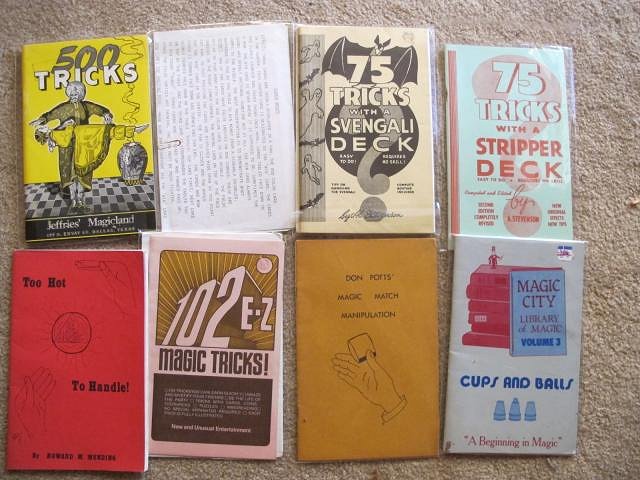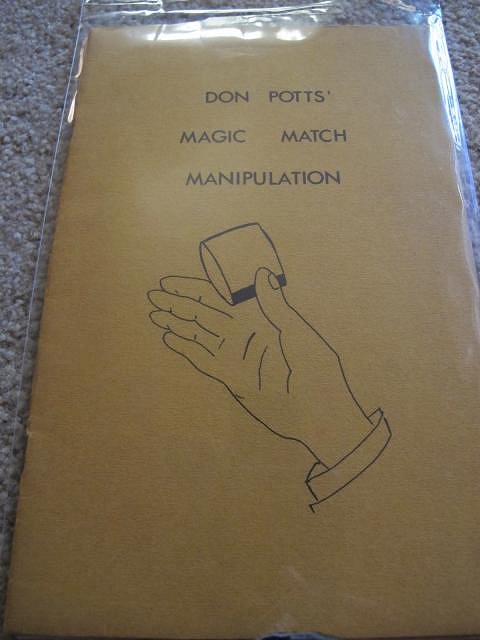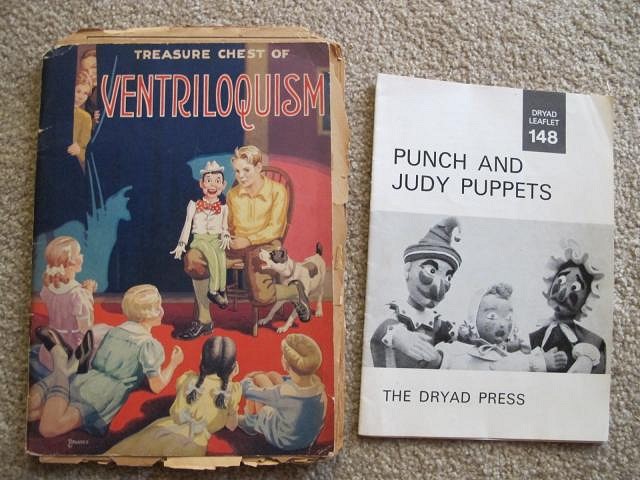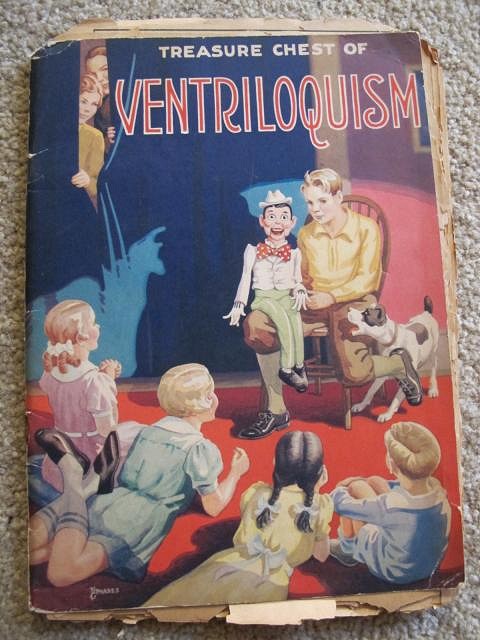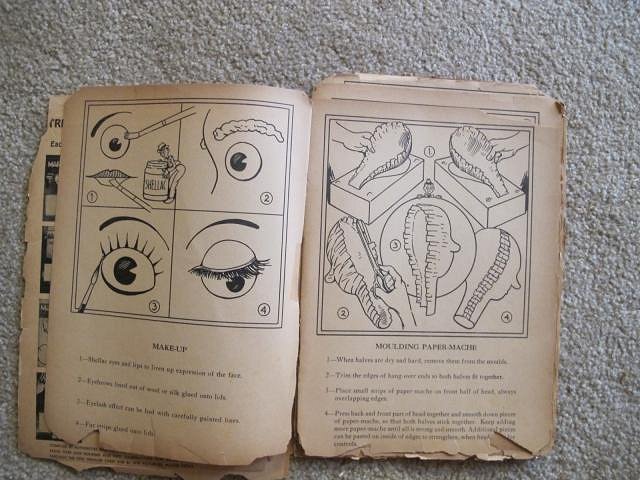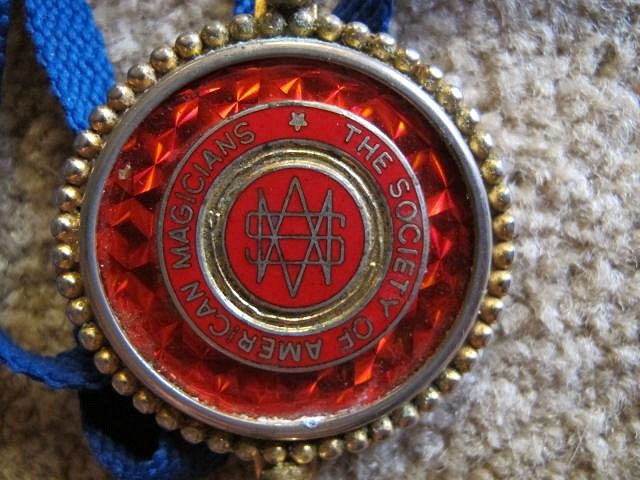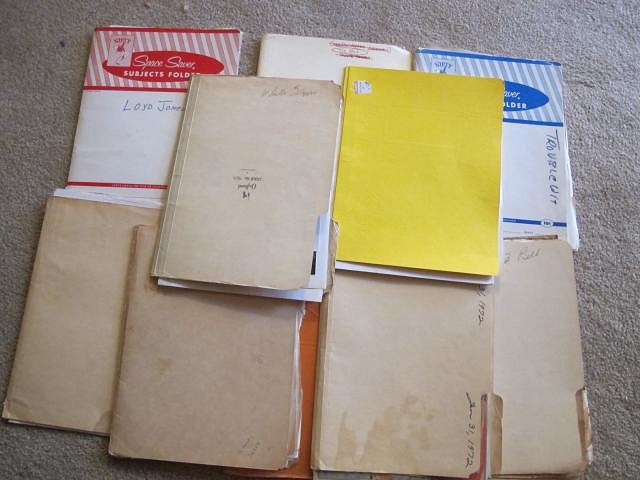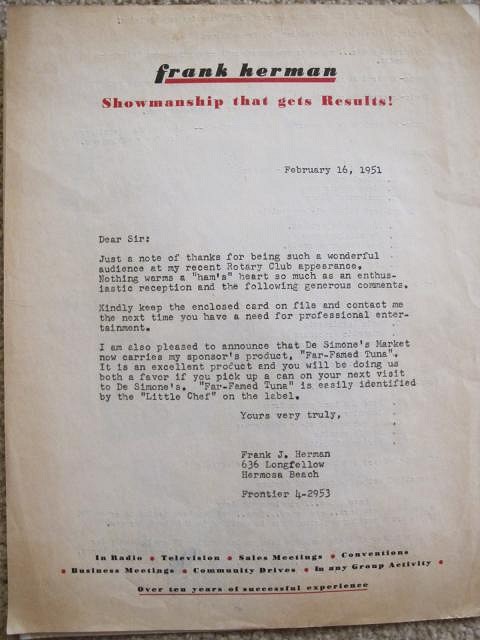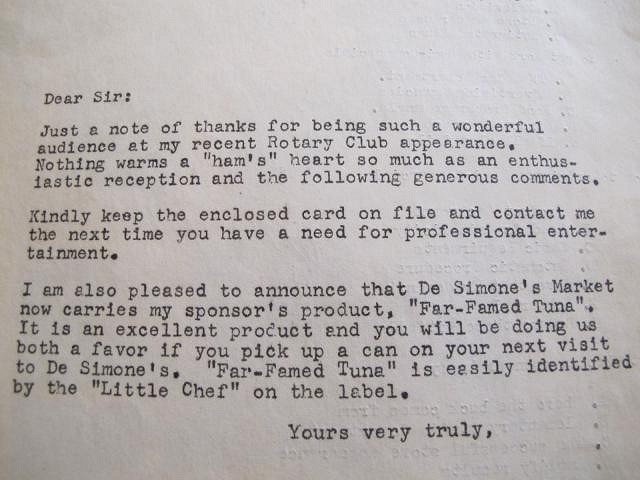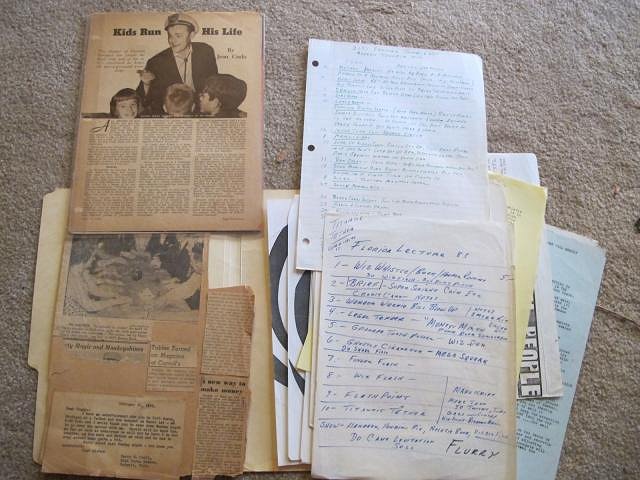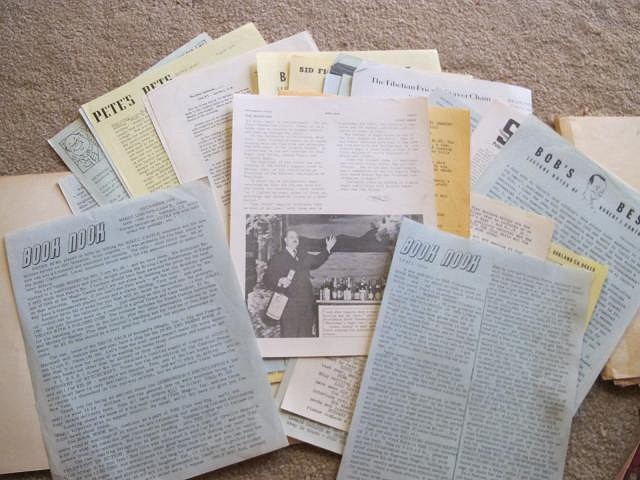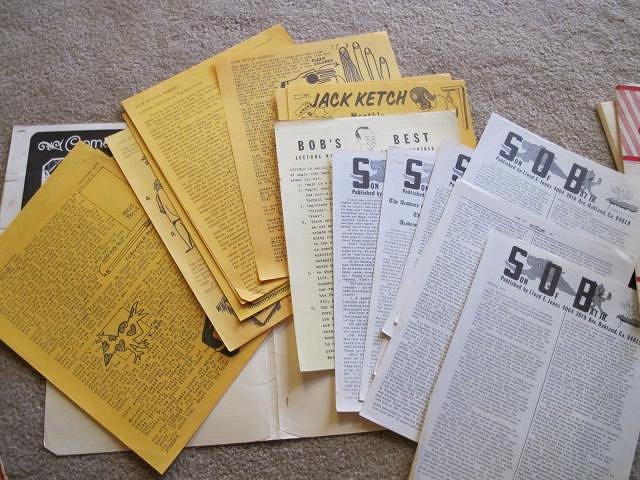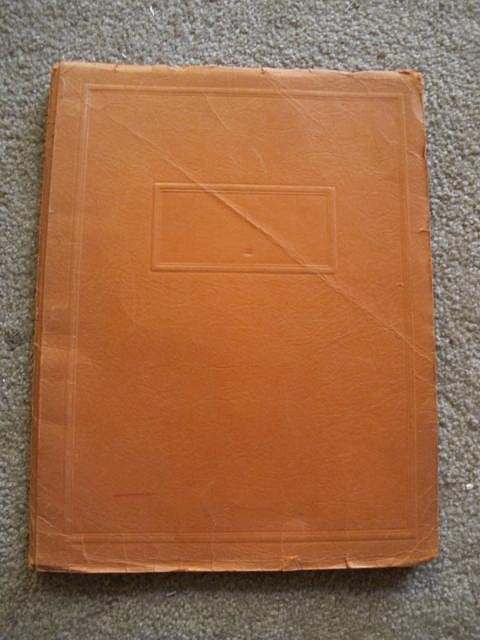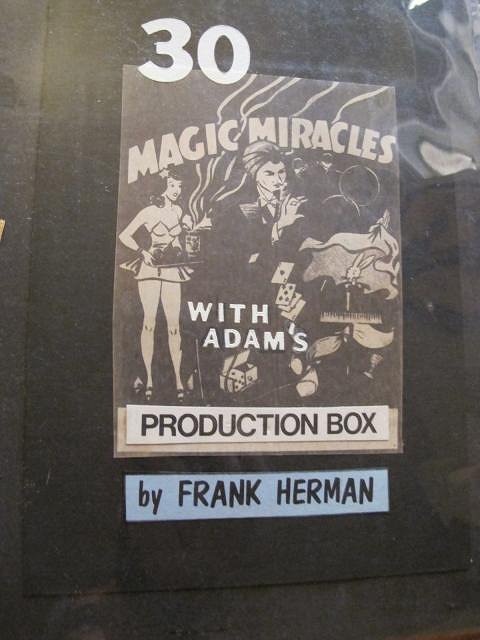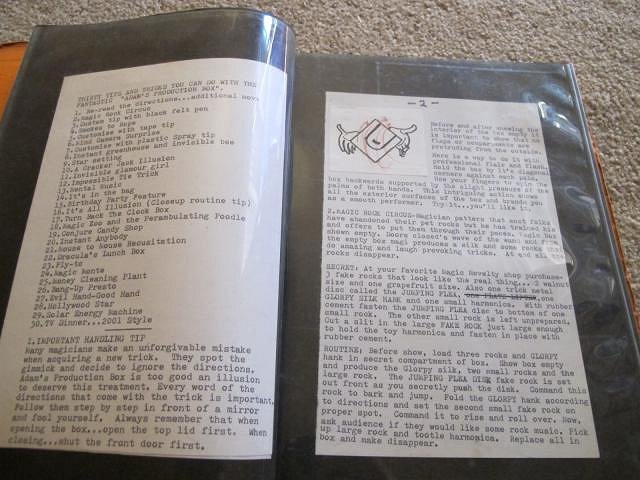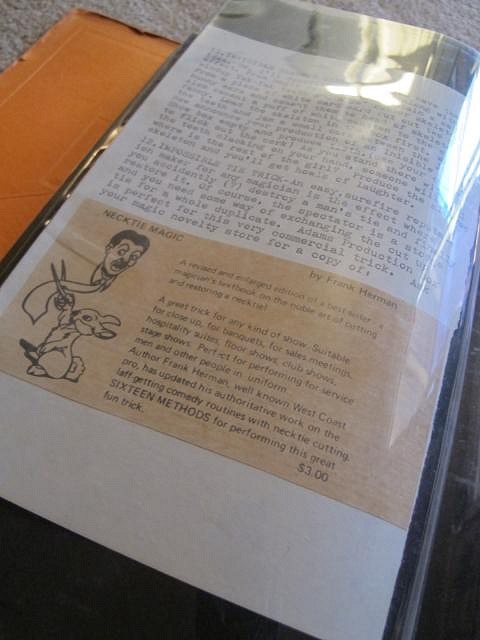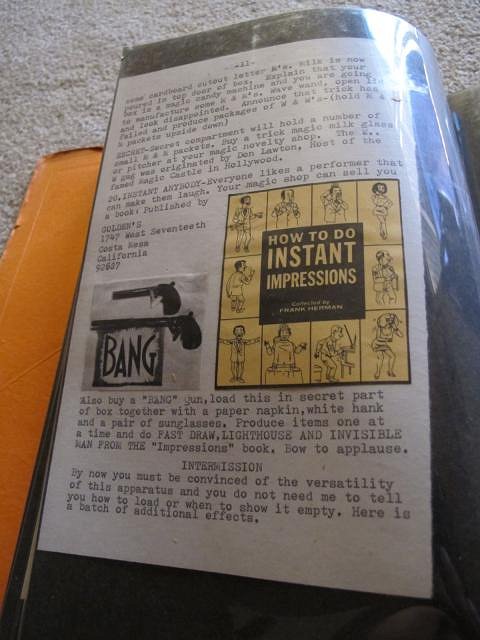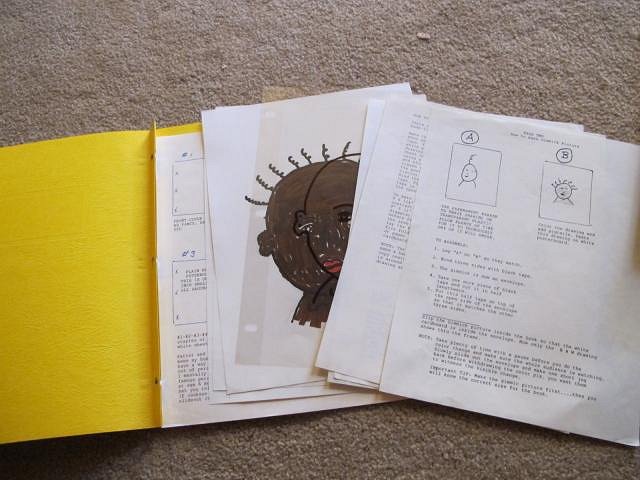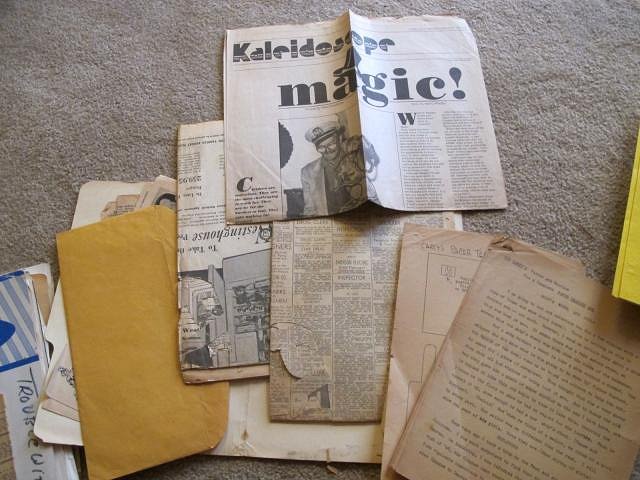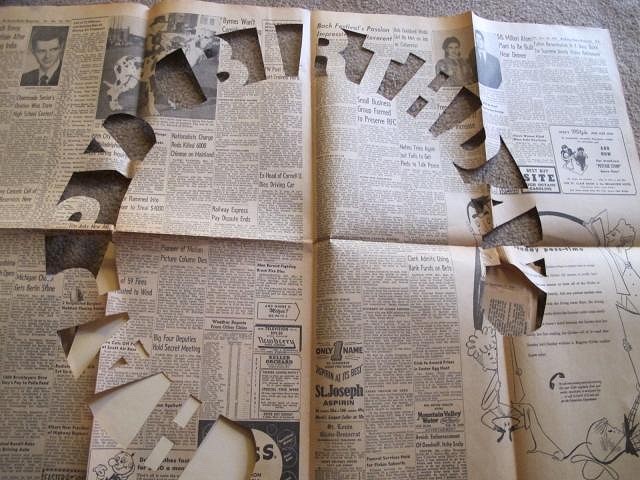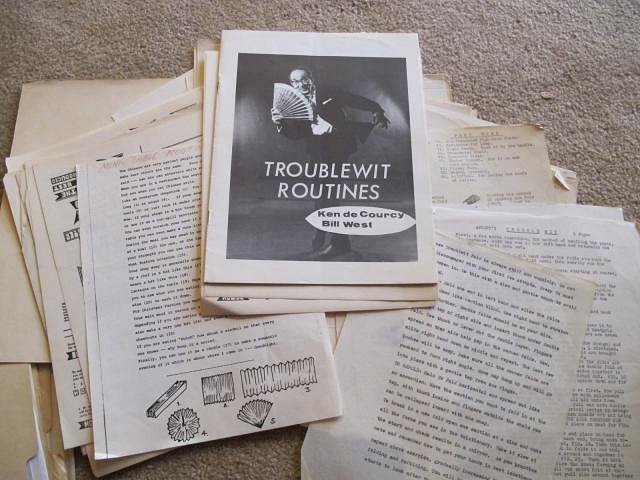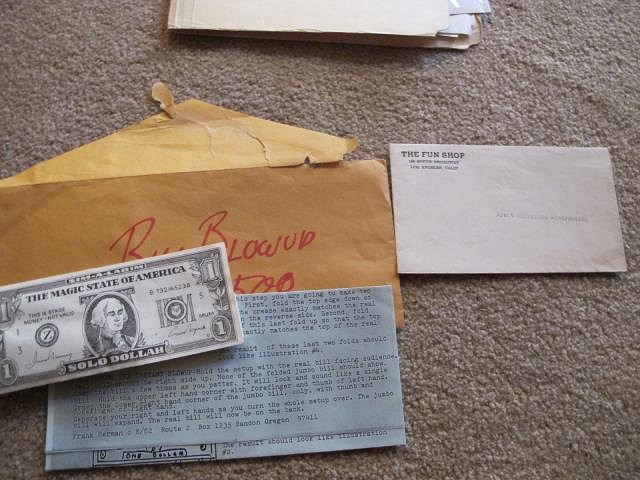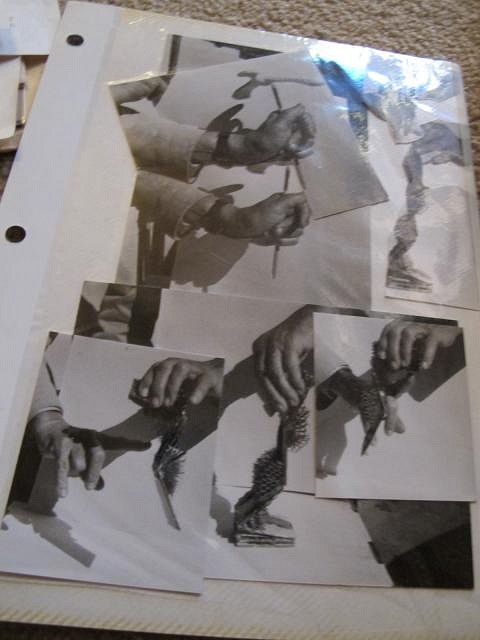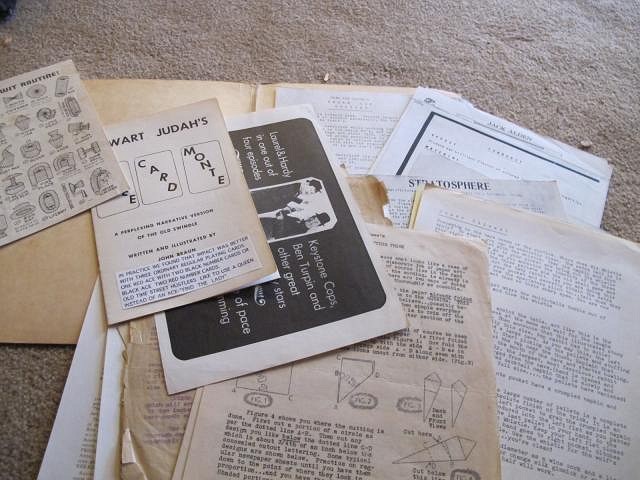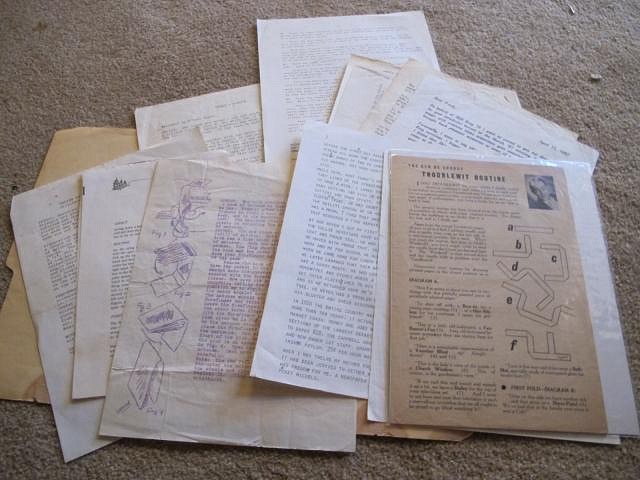Beyond Tiki, Bilge, and Test / Beyond Tiki / "Skipper Frank" Herman-KTLA tv show Magician
Post #715339 by Bay Park Buzzy on Tue, Apr 29, 2014 8:32 PM
|
BPB
Bay Park Buzzy
Posted
posted
on
Tue, Apr 29, 2014 8:32 PM
I just found a big case of vintage magic trick books: After looking through the contents more thoroughly, I found that the case was actually owned by the late Skipper Frank Herman
Here's some general background info on Skipper Frank from his LA Times obituary:
Here's a quick survey of what I found in this case:
Manuscript copy of a Magicians biography and a couple pamphlet books Ten different monte card tricks, with instructions and cards. Each one has a different trick in it and set of jumbo cards to perform the trick. Linking Ring Magazine with him on the cover and 3 trick books he wrote He took the Linking Ring article and republished it as it's own pamphlet book. Included was his hand made cut and paste master copy of it Old school cut and pasting right there Interior had added a couple bonus pictures to the hand cut original magazine page's text Hand typewriter typed credits page A bunch of trick compilations ranging in age from the 40's to the 90's I read this one and now I know how to palm tiki matchbooks at the swap meet: Ventriloquist and puppet reference books The ventriloquist book was published in 1938. Date is right on his life timeline that this could be his original source/inspiration for his early ventriloquist act It shows you how to construct your own dummy and has routines and instructions in it as well Magician's society pendant There were also all these folders of paperwork in there My favorite in them is this letter thanking a client for hiring him. In my research of him, it was noted that he spent his weekends off from his tv show working and doing promo appearances and such for his sponsors Check how paragraph 3 transitions nicely into how the client should pick up some tuna Here's a quick survey of the folder's contents Newspaper clippings about him, lecture notes, routine trick lists, and trick explanation pages Newsletters from magician clubs and organizations Trick pages and more magic newsletters This one's cool. It's another cut and paste master printing copy of one of his books you can see the whiteout he used on some of the letters and the pictures he clipped to assemble it Typewritten original sheets with illustrations glued to them He glued his own product ads in it from earlier sources More tricks and how to make props for them Really old tricks and more newspaper clippings He was known for paper illusions. There were a bunch of these predone pages cut out Seems he was well known for the Troublewit. A ton of troublewit tricks and routines A couple more complete tricks with props Hands doing tricks photos More tricks explained and even more... Now to make myself disappear! [ Edited by: Bay Park Buzzy 2014-04-29 20:43 ] |

